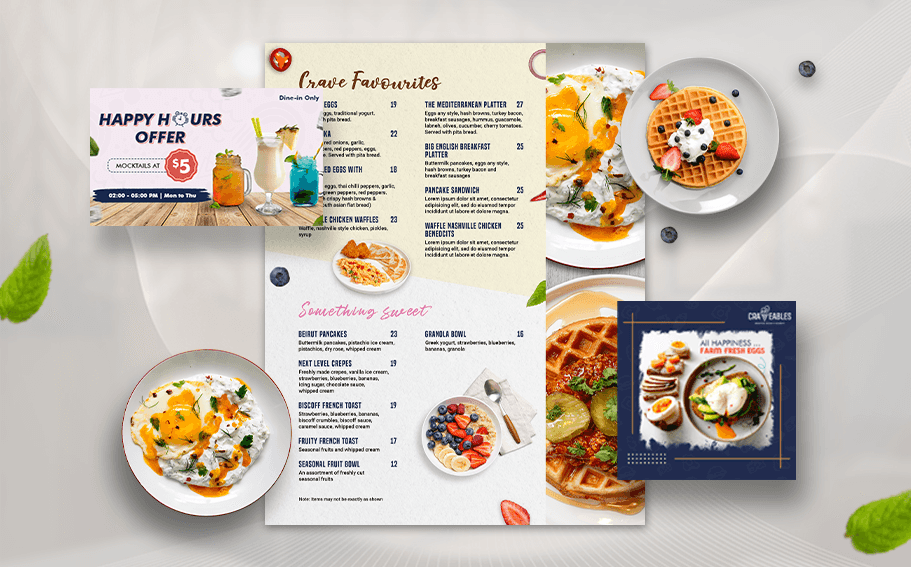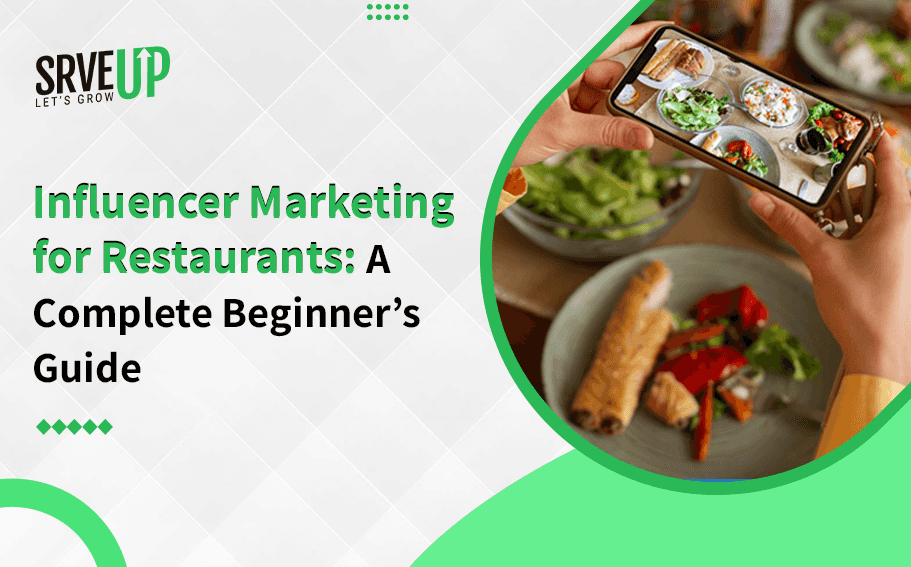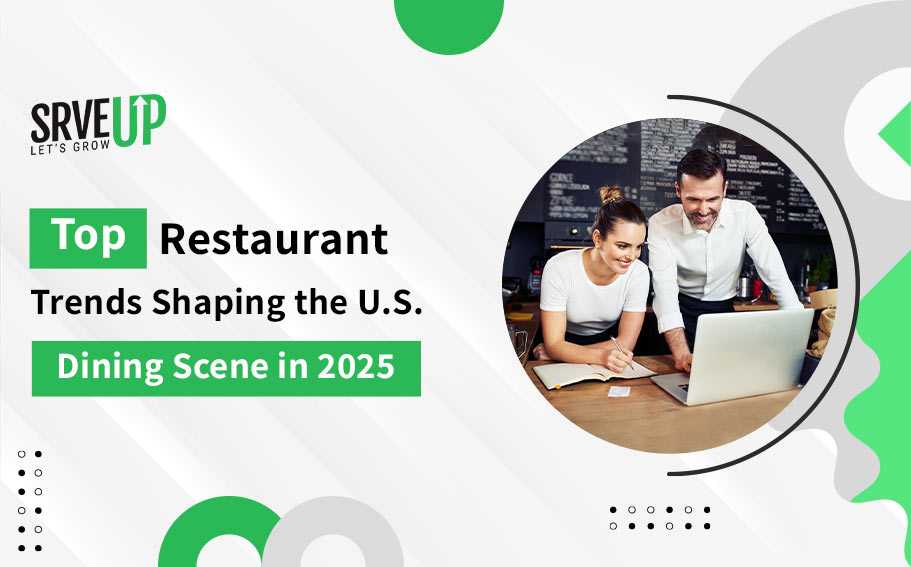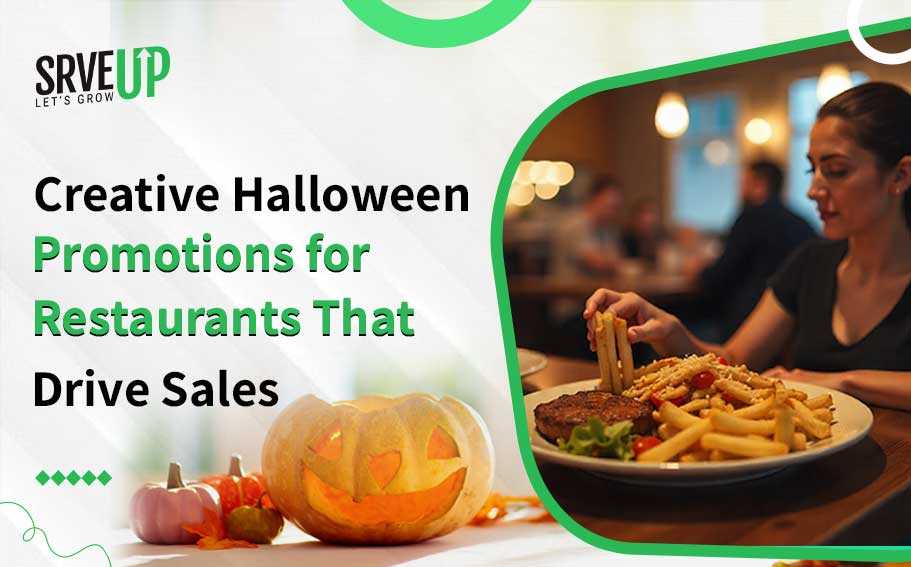Have you ever stared at a restaurant menu, immersed in a vast array of images? Well, it turns out that designing your menu isn’t just about aesthetics. It can also have a big impact on the SEO of your restaurant. In this blog, we will showcase the difference between text and image-based menus, seeing which one is the best for your restaurant’s online success and reach.

Text-Based Menu: The Recipe for a Successful SEO
Text-based menus have some important characteristics, making them the perfect choice for an SEO campaign, as per our experts at SrveUP:
SEO Friendliness:
Search engines can easily crawl and index text content, which makes it easier for them to understand and rank your restaurant’s menu.
Keyword Optimization Made Easy:
Text-based menus are helpful for incorporating relevant keywords in a strategic manner in your menu descriptions, making it look natural and allowing it to appear in search results effectively.
Accessibility:
Text-based menus are more accessible to users who rely on screen readers due to their visual impairments.
Quick Loading Times:
Text based menus usually load quicker than those loaded with images. It further enhances the user experience and boost your website’s rankings.

The Curious Case of Image-Based Menus
Visual Appeal:
Images make a menu more visually appealing. They also help customers understand the dishes in a better manner.
Consistency for Brands:
We have also found that images are helpful in maintaining brand identity consistently throughout a menu.
Emotional Bonding:
Images also invoke emotions, ending up creating a memorable dining experience for customers.
How to Strike a Right Balance
Text-based menus offer significant advantages for SEO; image-based menus can take the overall user experience to the next level. However, it is important to find the right balance between these two aspects, making dining an exceptional experience for customers.
Here’s how it can be made possible:
Utilize High-Quality Images:
While using high-quality images, you need to ensure they have better quality and optimized for websites and search engines.
Offer Descriptive Alt Text:
You should also consider adding descriptive alt text to your images, which will help search engines understand their content in a better manner.
Give Text The Higher Authority:
You should ensure that your menu primarily consists of text, with images used as a supplementary element.
Think About a Hybrid Approach:
You can blend both texts and images by leveraging a menu format that involves both elements.
Conduct a Test and Analysis:
You can carry out an experimentation with different combinations of text and images to check what works the best for your restaurant’s SEO. Utilize analytics tools to monitor user behavior and recognize the elements that are more effective.
Carry Out A/B Testing:
You need to try different layouts. Conduct a little experiment to see which is the most relevant thing with your customers.
Did You Know?
According to a study, 67% of diners claim that attractive visuals of food influence their dining decisions. Furthermore, images on menu pages can enhance the click-through rate by 35%. Delicious math, isn’t it?
Conclusion
We have showcased how both text and images play an important role in your restaurant’s SEO. Both are helpful in various ways. Images add more visual appeal to your menu. However, it is text that offers more SEO-based benefits, allowing you to rank further higher on search engines.
However, all you need is a carefully crafted balance between images and text, which will help you create a wonderful-looking menu that is also beneficial in SEO campaigns.
Whenever you craft your SEO campaign, SrveUp’s expert marketing team is here for you. We will help you craft delicious marketing campaigns that will drive more customers and sales to your restaurants. Consult us now and take your restaurant business to new heights.






